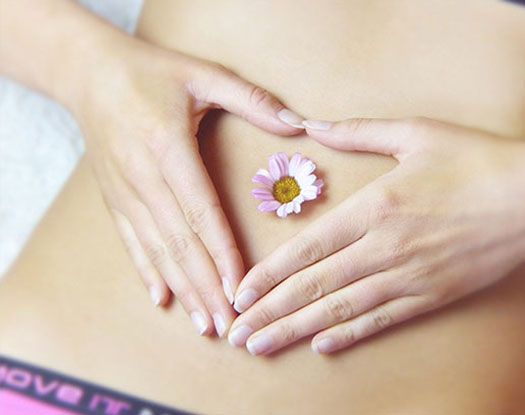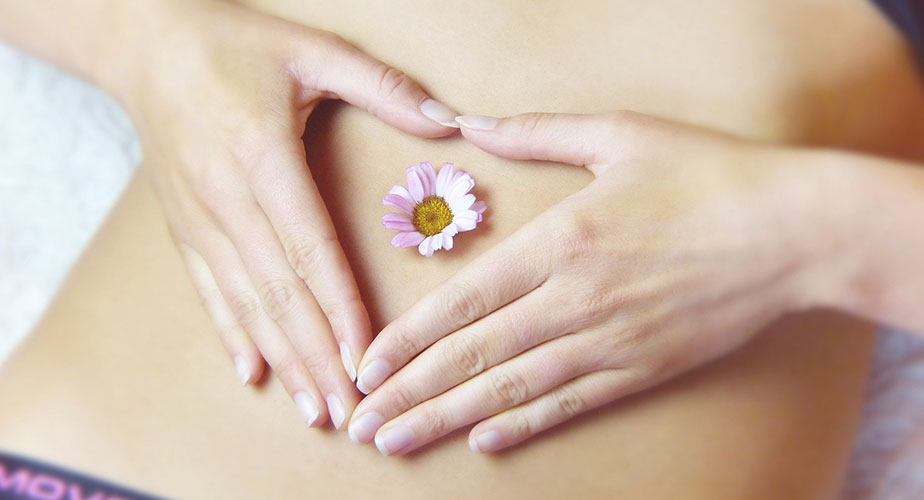Cysts
Ovarian cysts arise quite often from various causes. Smaller cysts of up to 25 mm are an expression of normal function of the ovaries. If the cyst is larger and persists for a prolonged period of time, or causes difficulties, or has some features suspected of developing a tumor disease, it is necessary to remove and adequately investigate.
In other cases, it is sufficient to monitor the cyst at least two menstrual cycles apart. In that time most cysts disappear. In the childbearing period, the likelihood of malignancy is less but rises after puberty.
In cysts, there is a risk of “rupture” (rupture), which can lead to sudden severe pain in the lower abdomen and bleeding into the abdominal cavity. If the ultrasound examination confirms the presence of free blood in the abdominal cavity, it is necessary to treat the site of rupture – most often laparoscopically. If functional cysts appear repeatedly, it is possible to reduce their incidence by the administration of hormonal contraceptives with a higher proportion of gestagens.

Ovarian cysts arise quite often from various causes. Smaller cysts of up to 25 mm are an expression of normal function of the ovaries. If the cyst is larger and persists for a prolonged period of time, or causes difficulties, or has some features suspected of developing a tumor disease, it is necessary to remove and adequately investigate.
In other cases, it is sufficient to monitor the cyst at least two menstrual cycles apart. In that time most cysts disappear. In the childbearing period, the likelihood of malignancy is less but rises after puberty.

In cysts, there is a risk of “rupture” (rupture), which can lead to sudden severe pain in the lower abdomen and bleeding into the abdominal cavity. If the ultrasound examination confirms the presence of free blood in the abdominal cavity, it is necessary to treat the site of rupture – most often laparoscopically. If functional cysts appear repeatedly, it is possible to reduce their incidence by the administration of hormonal contraceptives with a higher proportion of gestagens.
Another possible complication is the so-called torsion of the cyst – the cyst rotates around its stem, in which the aqueous blood vessels are screwed. This causes the tissue of the ovary to die, accompanied by severe pain and overall symptoms (sweating, nausea, peritoneal symptoms).






